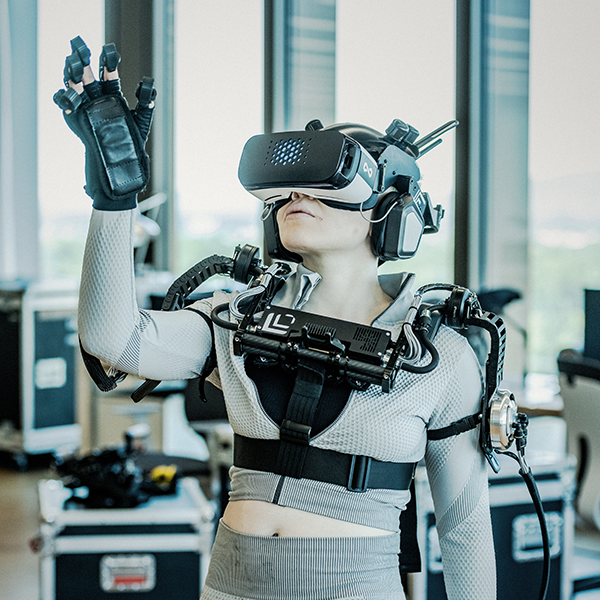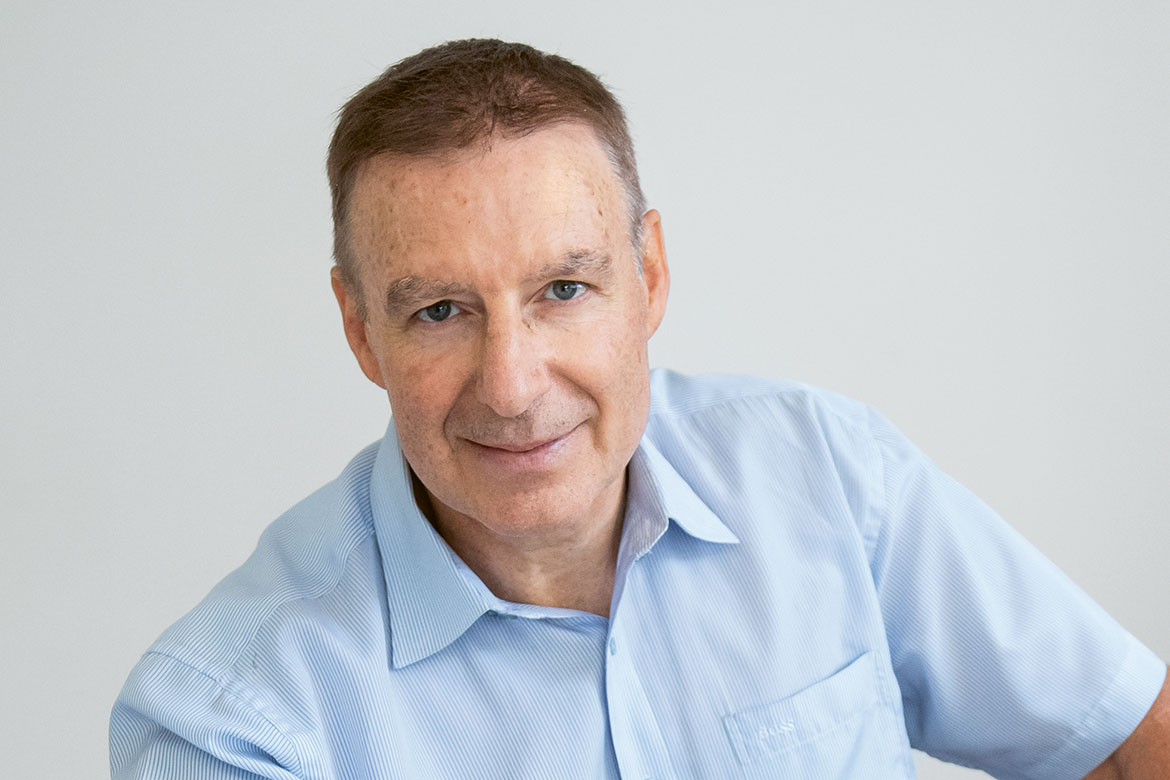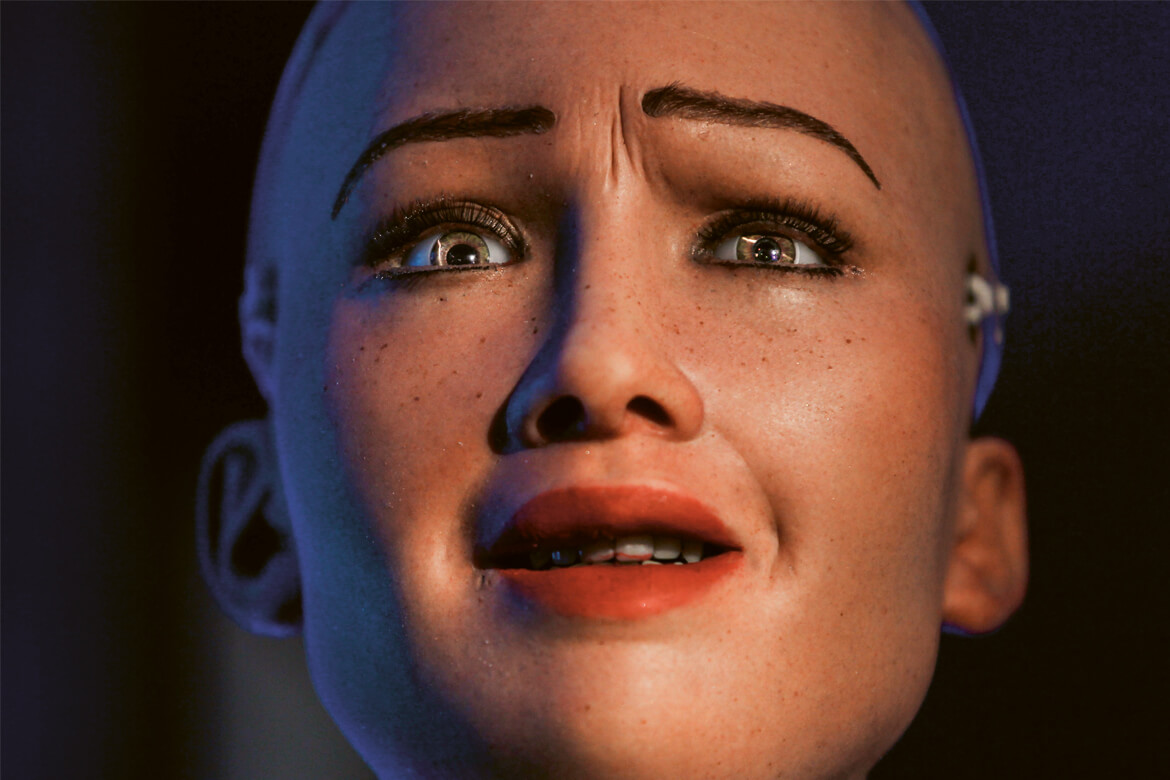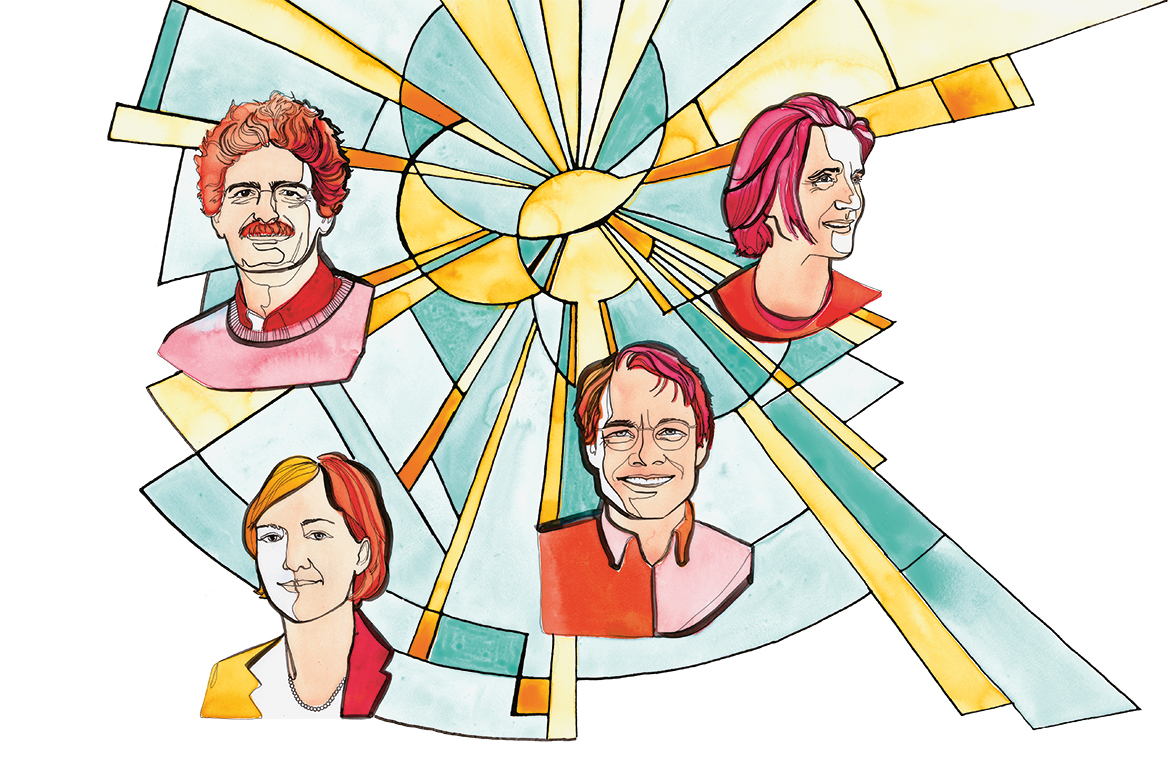Feature: In virtual space
Where everything seems possible
Whether it’s a virtual reality headset, a web platform, or a video game, artificial spaces are expanding upon the possibilities of the real world for research, medicine and entertainment. Here are six examples of innovations that give an overview of their potential.
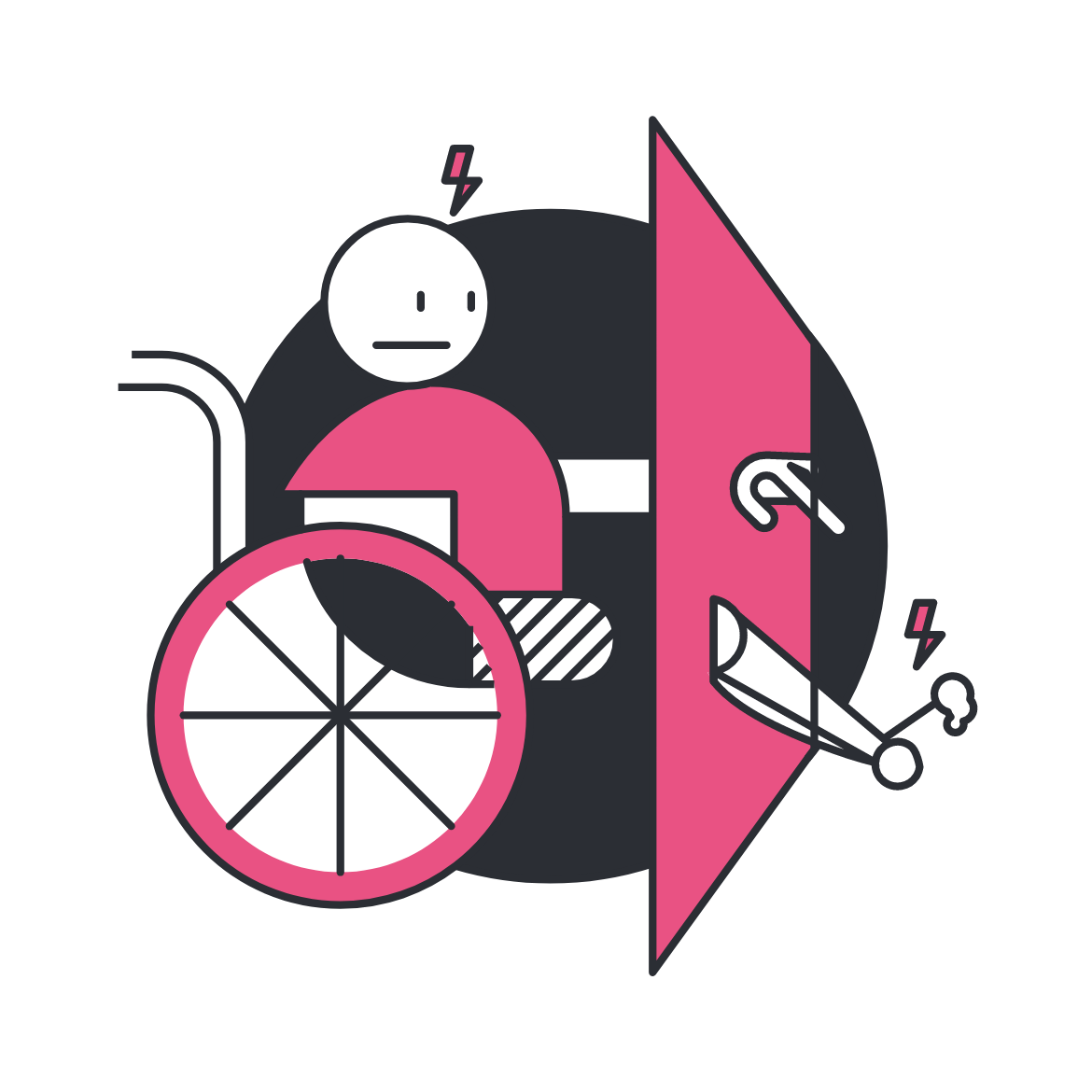
Pain management
In recent times, the treatment options for chronic pain have come to include neurostimulators. They are devices that send electrical impulses through the spinal cord to the affected body part. The stimulation causes targeted paraesthesia – a tingling sensation. By intervening between the affected limb and the brain, the signal delays the pain.
This therapy can be complemented by virtual reality (VR). At EPFL, the neuroscientist Olaf Blanke has been conducting clinical studies with people suffering from severe chronic leg pain. Equipped with a VR-headset, the subjects perceive a digital version of their own body in a 3D environment. When the neurostimulator sends an impulse, the virtual leg lights up in concert. The synchronised electrical and visual signals enhance the pain-relieving effects of the treatment.
With VR, neurostimulation treatment would not only be more effective, but also more comfortable. According to Blanke, “we can lower the intensity of the impulses below the threshold of perception and still maintain the same analgesic effect. As the person no longer feels the paraesthesia, he or she is free of mind”.
The treatment is inherently low-risk and very simple to implement, which facilitates technology transfer, according to the researcher. “Everything is automated, the person can practice alone at home”.
Even more surprising is that Blanke applied the same treatment to amputees suffering from phantom pain. This is because their brains still consider the missing limb as existing, which results in real and sometimes severe pain. In this case too, neurostimulation produces better pain-relieving effects when people can see their limb reconstructed in three dimensions in a virtual space.

The bot that makes an impression
In a meeting, first impressions are paramount. This saying has been confirmed time and time again. Without always realising it, we carry out complex analyses to assess who we are dealing with from the very first moment. “We adjust our attitudes according to what we think the other person’s impression is of us, then the other person does the same, and a loop is established”, says Guillaume Chanel, a researcher in affective and social computing at the University of Geneva.
In collaboration with the Institute of Intelligent Systems and Robotics of the Pierre and Marie Curie University (Paris, France), his team has developed a virtual agent capable of entering this relationship loop. A screen presents a virtual character in 3D, which recognises the emotions of human subjects by analysing their voices and expressions. It learns not only to identify these signs, but also to send back appropriate emotional responses – a smile, a slight nod, hands resting on hips ...
The agent allows us to test certain social science theories in the field. In particular, we build our first impressions on the basis of two evaluations: warmth and competence. Warmth informs us of others’ intentions towards us. Competence can tell us, for example, whether other people have the necessary potential to do us harm in cases where they project hostility.
A life-sized experiment was presented to the public in 2018 at the Cité des sciences in Paris. The bot optimised either the impression of warmth or competence. “One is often to the detriment of the other. We tend to consider warm people as less competent and vice versa”, says Chanel. To get its message across, the virtual agent had to produce subtle variations in expression. “For example, we interpret a smile as insincere if it is not accompanied by squinting”.
These experiments are on the borderline between computer and psycho-social sciences, but there’s also a commercial angle. Chanel is collaborating with the computer-equipment manufacturer Logitech on a piece of technology that will make it possible to translate the often highly restrained emotions of e-sport athletes during broadcasts on social networks.
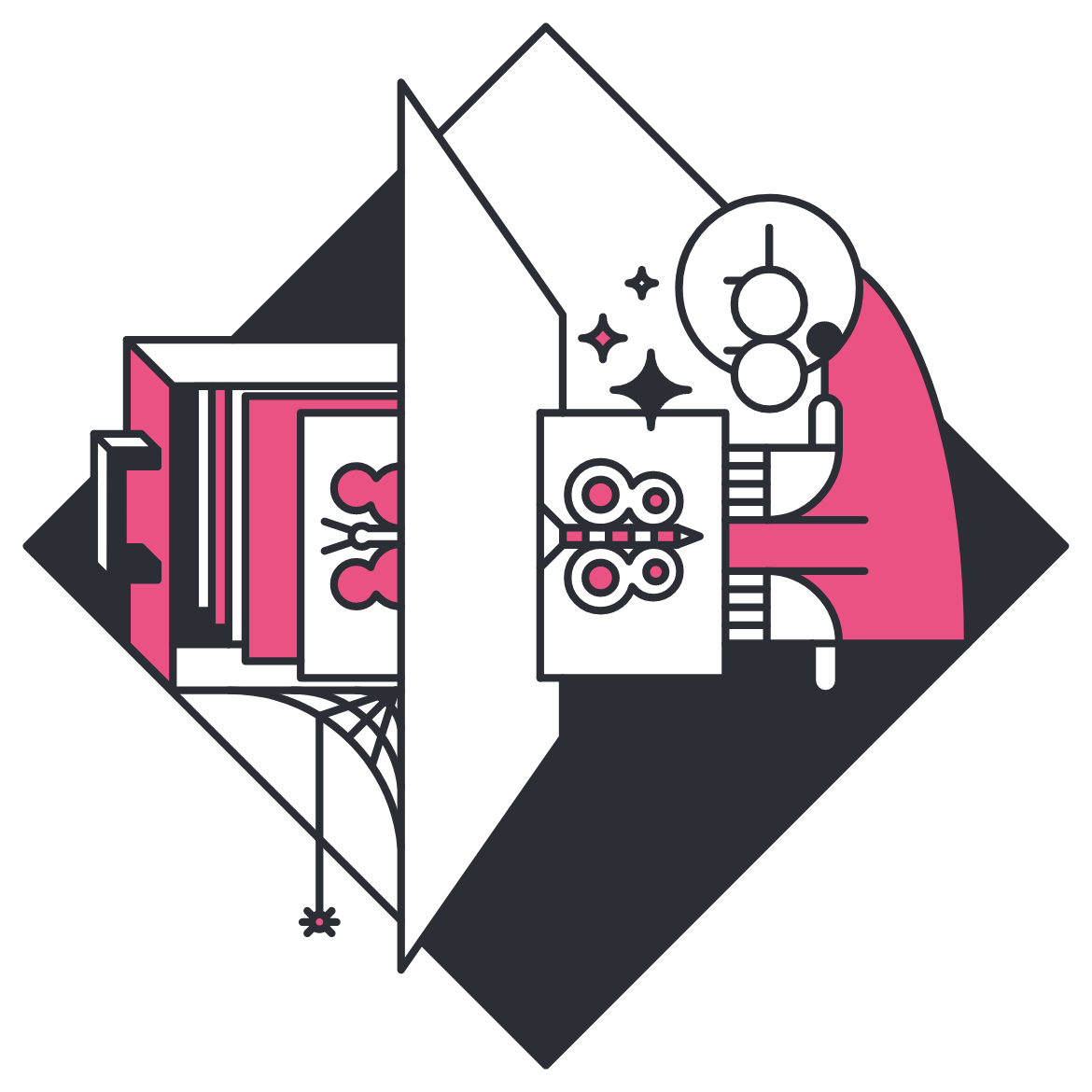
Access to hidden collections
Switzerland is an international heavyweight when it comes to plant, animal and fungal specimens. In the halls and drawers of its museums lie more than 61 million specimens, from pachyderms to beetles, and they have miles of herbarium shelves from expeditions to five continents. Switzerland alone has about 10 percent of all the world’s type specimens – the references by which individual species are described, much like the kilogram or metre standards used to be employed for weights and measures.
In January 2021, the Swiss Academy of Natural Sciences launched the Swisscollnet project to digitise this heritage, which is scattered across some thirty museums. The aim is to give scientists from all over the world virtual access to these collections. Although the type specimens, often collected between the 18th and early 19th centuries, are more reminiscent of the time of Lamarck, Humboldt and Darwin, they continue to play an important role in science today.
“Biologists sometimes need to compare hundreds of type specimens in order to discover subspecies or even new species”, says Christoph Scheidegger, the head of the Swisscollnet project and a professor at the Swiss Federal Research Institute WSL. “In this way, they can not only complete the phylogenetic tree, but also better understand the ecology and geographical distribution of a species”.
This also concerns more applied fields such as agriculture. By comparing specimens, it is possible, for example, to trace the origin of pest species and their strategies for adapting to new environments.
At present, only 17 percent of the collections are digitised. Swisscollnet wants to provide Swiss museums with the necessary expertise to speed up the process and set up a centralised platform to facilitate consultation. “Switzerland has an exceptional heritage”, says Scheidegger. “Our responsibility is to make it available to the scientific community worldwide”.
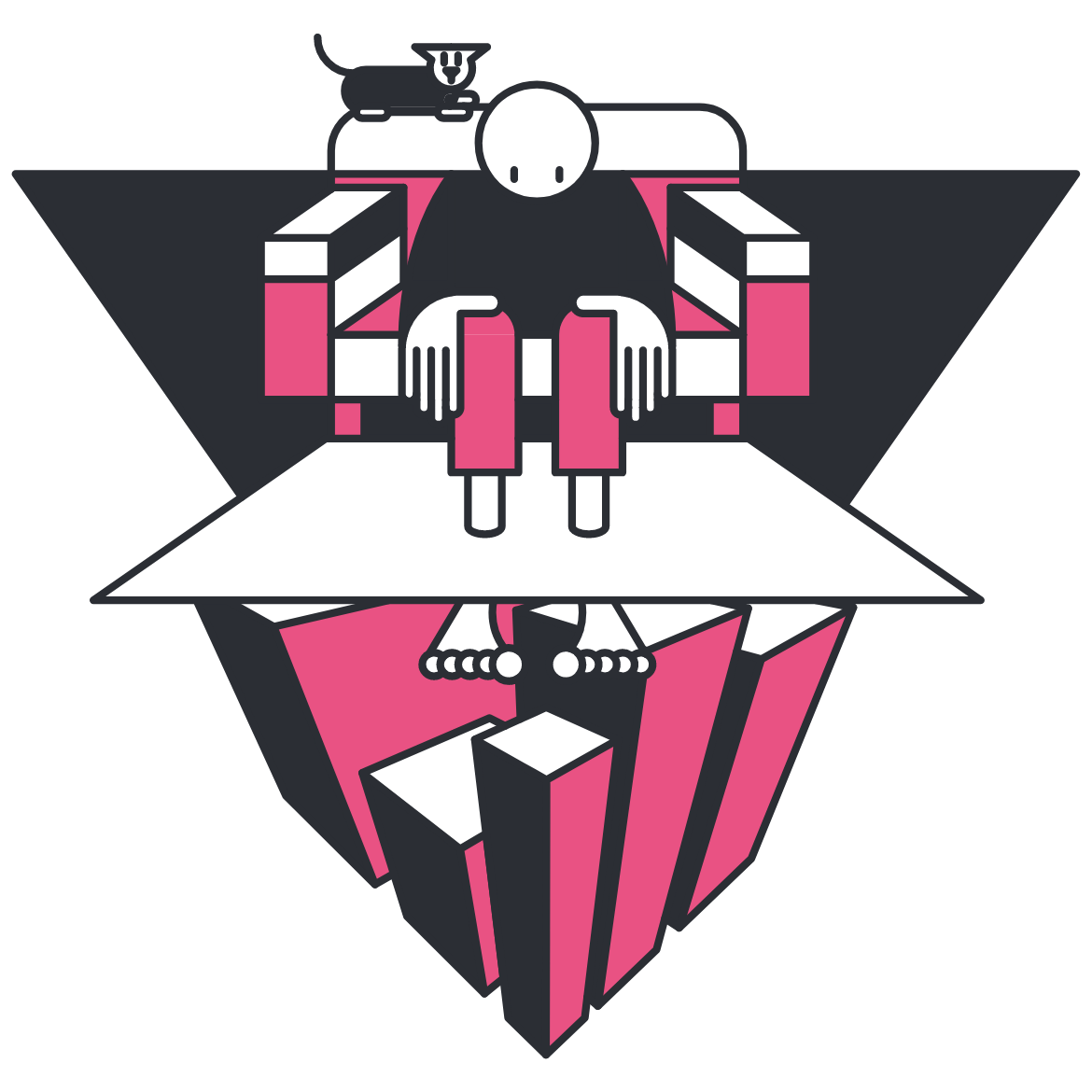
Tame your fear in three dimensions
Exposure therapies are a treatment of choice for phobias and post-traumatic stress disorder. Under the guidance of a professional, the patient is confronted with the object of his or her fears - the void, spiders, enclosed spaces. At each session, the level of stress is adjusted to the individual’s tolerance threshold. The same experience, repeated with increasing intensity, teaches the brain that there is no real danger.
This therapeutic approach can benefit enormously from virtual reality (VR) technologies. At the University of Basel, Dominique de Quervain has developed a therapeutic application for the fear of heights. Wearing a VR helmet, the patient enters an artificial world. For example, they can find themselves in a wire mesh cage that takes them up to 70 metres above the ground.
Together with his team, de Quervain tested the software on about 20 people. After one initiation session and six more alone at home, their level of fear was halved compared to the control group, including in real conditions. These results are comparable to conventional exposure therapies. De Quervain has also developed applications for the fear of public speaking and arachnophobia. Using a VR headset or augmented reality on a mobile phone, the subject learns to cope with an increasingly crowded audience or an increasingly plucky spider.
“The advantage is that you don’t have to go physically to a tower or an auditorium with an audience, nor do you have to have a live spider”, says de Quervain. “People can do the exercise on their own thanks to virtual spaces and avoid confronting the sense of shame they often feel, which is a major barrier to therapy”.
Combined with medication, virtual reality has a particularly interesting potential in psychotherapy, adds Carmen Sandi, a neuroscientist at EPFL. Some antidepressants can induce greater brain plasticity – the brain’s ability to change connections. “By combining virtual reality and drugs, we can open up windows of opportunity to promote changes in the brain”, says Sandi, who plans to conduct research in this area alongside de Quervain.
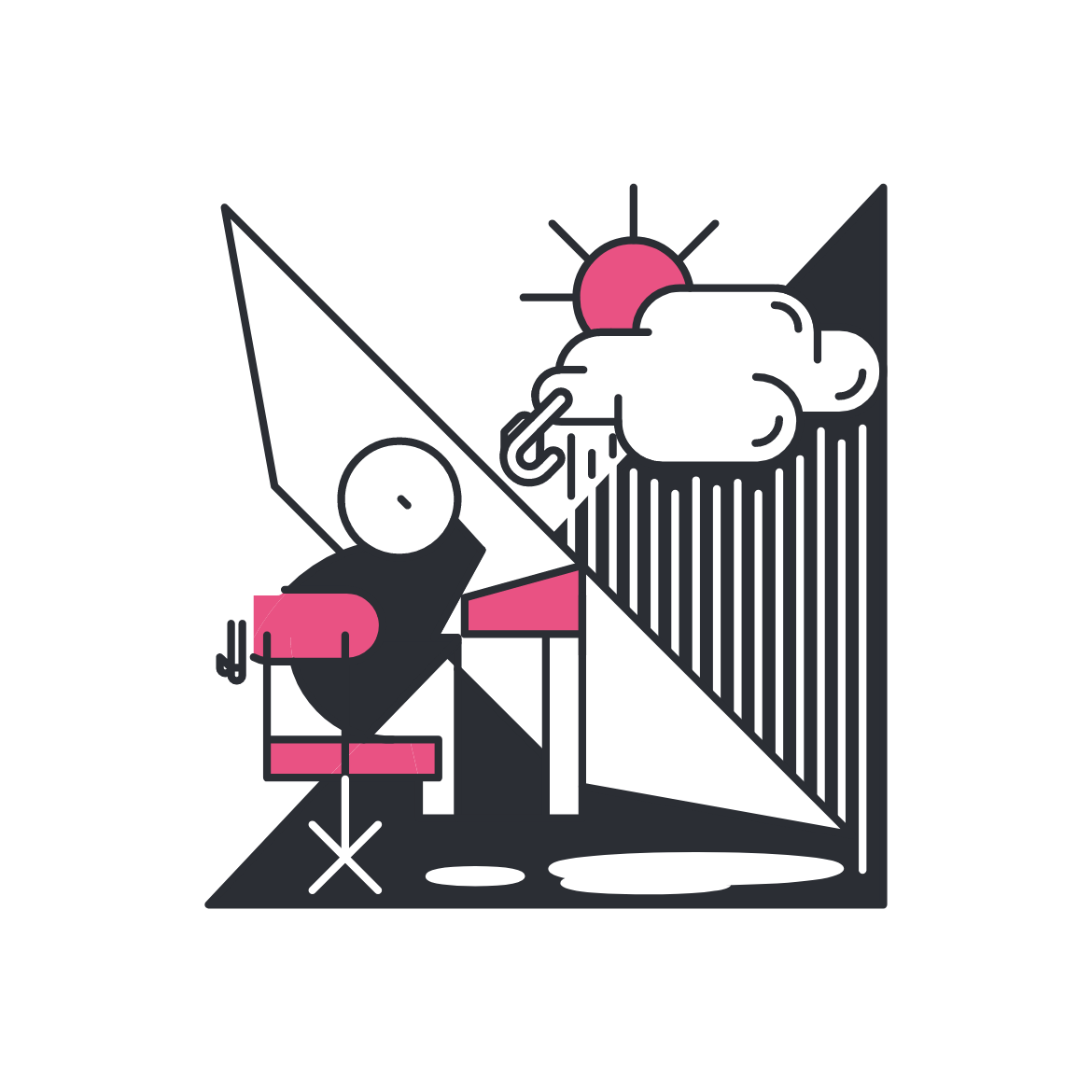
Rehabilitation through video games
Five years ago, Mindmaze joined the exclusive club of Swiss unicorns: start-ups valued at more than one billion dollars. It’s an EPFL spin-off that develops video games aimed at rehabilitating victims of brain injury. To progress through the three-dimensional gamified universe, patients must perform movements that are difficult for them – as they would in a physiotherapy session – measured live by cameras.
Approved by the USFDA and marked CE for clinical use in Europe, Mindmaze’s device is part of the treatment armoury dispensed by several major hospitals. With its system – a screen equipped with a motion sensor – thousands of patients continue their neurorehabilitation at home.
The play aspect of the activities means people remain motivated. As the device is installed in the home, it is available at all times. This means that people should be more persevering, at least that’s according to initial feedback from the Mount Sinai and Johns Hopkins hospitals in the United States.
Mindmaze is also developing a virtual reality headset that combines physiological and movement sensors with a brain-machine interface – to control software by thought. Applications include video games, of course, but also relaxation activities or training in areas requiring sharp reflexes, such as sports or driving.
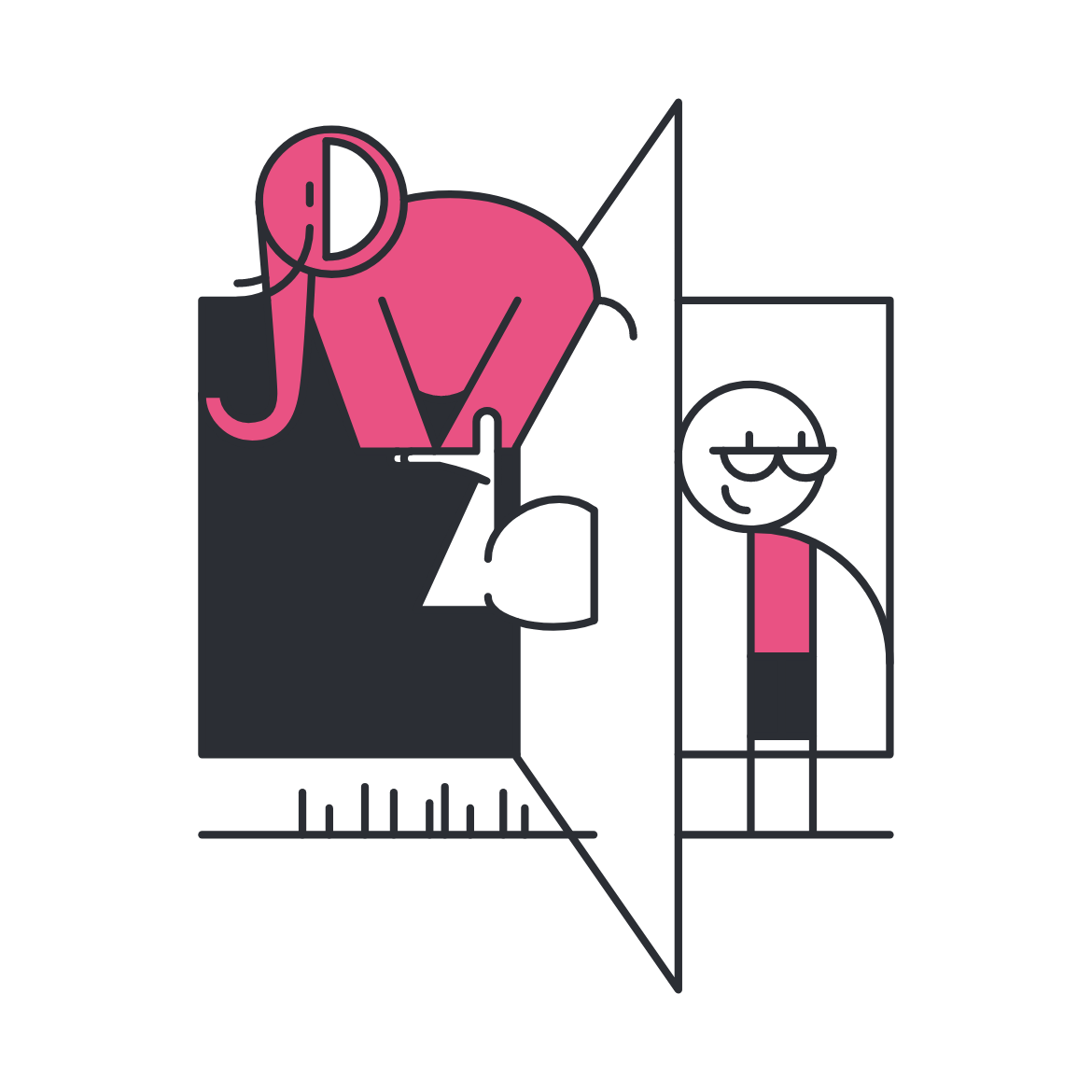
Immersion education
Stories and imaginary situations are often used first to teach young children. But is it effective pedagogy? Although this is a fundamental question in the educational sciences, it remains largely unexplored, according to Corinna Martarelli, a professor at UniDistance, the Swiss university institute for distance learning. With virtual reality (VR), however, new possibilities for exploring this neglected issue are opened up.
This spring, Martarelli is launching an ambitious experiment with schools in Valais. Two hundred French and German-speaking pupils, aged between five and six, will follow a short lesson on Chinese culture on a virtual platform. “We did not choose this age by chance, as this is when children are learning to distinguish between reality and fiction”, she says.
Some of the pupils are taught by a human character, while others are taught by a sheep – just as you might find in a cartoon. The children attend the lesson in front of a screen or in immersion with VR headsets. Afterwards, they are subjected to two memory tests – one immediately after the experiment, and the other a week later, to test memory consolidation.
With this experiment, Martarelli wants to answer two questions. “We will see who is the better teacher, the human or the ‘sheep’, but also whether the immersive aspect of the headset has an advantage over the screen”.
She is also preparing a second project of a more applied nature. Her team is developing a complete science teaching programme in a virtual classroom that is accessible using headsets. In total, 12 hours of lessons will be devoted to the water cycle. “This topic can really benefit from the contribution of VR, for example, to show stages that are difficult to imagine at the particle level, while letting the children play with parameters such as temperature. The project involves eight classes in Valais.
According to Martarelli, VR multiplies the possibilities of research in education sciences. “It allows us to standardise the framework of experiments, to test various configurations while obtaining easily comparable data”.
Illustrations: Opak

